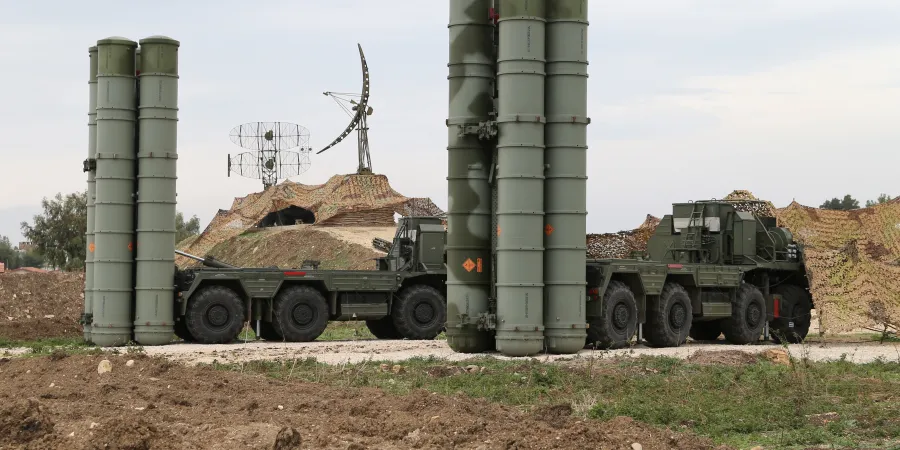Is the Russian S-400 System Overrated?
Dan Arkin
| 13/03/2019
A recently published report by the Swedish Defense Research Agency, commonly known as FOI, questioned the capability of the Russian S-400 anti-aircraft system.
According to the report, titled “Bursting the Bubble? Russia´s A2AD-Capabilities in the Baltic Sea Region”, FOI states that the actual range of the Russian S-400 anti-aircraft system, which is promoted as having a range of 400 kilometers, is actually 150-200 kilometers, the report stated.
“The S-400 air defense system is often claimed to have a 400-km range, but FOI’s technical experts estimate that the effective range against maneuvering targets at low altitude is much less, even down to 20 km for smaller targets hugging the terrain,” according to the report.
“In our report, we establish that Russia’s A2/AD capability is less effective than what is claimed by either the Russian military or the Western press. For one thing, it’s more difficult than many people think to detect and strike a target that’s tens of kilometers away,” says Robert Dalsjö, Deputy Research Director at FOI, who wrote the report with Michael Jonsson.
The S-400 uses four missiles of different range capabilities: the very-long-range 40N6 (400 km), the long-range 48N6 (250 km), the medium-range 9M96E2 (120 km) and the short-range 9M96E (40 km).
According to the report, the missile with a purported 400-km range, the 40N6, is not yet operational and has been plagued by problems in development and testing. In its current configuration, the S-400 system should mainly be considered a threat to large high-value aircraft such as AWACS or transport aircraft at medium to high altitudes, out to a range of 200-250 km. In contrast, the effective range against agile fighter jets and cruise missiles operating at low altitudes can be as little 20-35 km.
“One can neutralize an entire system by knocking out just one link in a functional chain, for example a data link or fire-control radar. And since seeing over the horizon requires airborne radar, it may then be enough to shoot down the radar aircraft,” adds Dalsjö.
[Sources: Defense World, Defence Blog]
A recently published report by the Swedish Defense Research Agency, commonly known as FOI, questioned the capability of the Russian S-400 anti-aircraft system.
According to the report, titled “Bursting the Bubble? Russia´s A2AD-Capabilities in the Baltic Sea Region”, FOI states that the actual range of the Russian S-400 anti-aircraft system, which is promoted as having a range of 400 kilometers, is actually 150-200 kilometers, the report stated.
“The S-400 air defense system is often claimed to have a 400-km range, but FOI’s technical experts estimate that the effective range against maneuvering targets at low altitude is much less, even down to 20 km for smaller targets hugging the terrain,” according to the report.
“In our report, we establish that Russia’s A2/AD capability is less effective than what is claimed by either the Russian military or the Western press. For one thing, it’s more difficult than many people think to detect and strike a target that’s tens of kilometers away,” says Robert Dalsjö, Deputy Research Director at FOI, who wrote the report with Michael Jonsson.
The S-400 uses four missiles of different range capabilities: the very-long-range 40N6 (400 km), the long-range 48N6 (250 km), the medium-range 9M96E2 (120 km) and the short-range 9M96E (40 km).
According to the report, the missile with a purported 400-km range, the 40N6, is not yet operational and has been plagued by problems in development and testing. In its current configuration, the S-400 system should mainly be considered a threat to large high-value aircraft such as AWACS or transport aircraft at medium to high altitudes, out to a range of 200-250 km. In contrast, the effective range against agile fighter jets and cruise missiles operating at low altitudes can be as little 20-35 km.
“One can neutralize an entire system by knocking out just one link in a functional chain, for example a data link or fire-control radar. And since seeing over the horizon requires airborne radar, it may then be enough to shoot down the radar aircraft,” adds Dalsjö.
[Sources: Defense World, Defence Blog]



